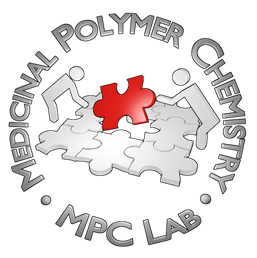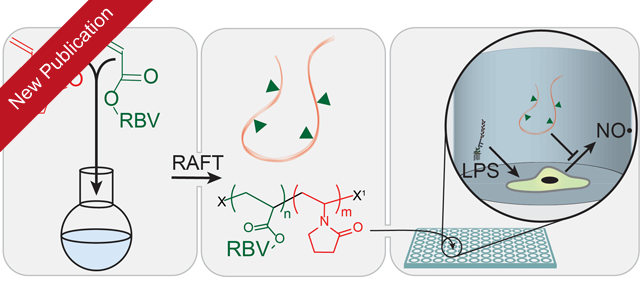Our newest publication, demonstrating how macromolecular prodrugs broaden the therapeutic window of the associated drug, has been published in Biomacromolecules.
abstract
Ribavirin (RBV), a broad-spectrum anti-viral agent, is a standard medication against hepatitis C virus (HCV). However, despite the decades of clinical success, the mechanism of action of this drug against HCV remains a subject of debate. Furthermore, the appeal of this therapeutic agent is considerably lessened by un-favorable pharmacokinetics. This interdisciplinary study contributes to understanding of intracellular effects exerted by RBV and presents a successful design of macromolecular prodrugs of RBV to achieve a safer treatment. Specifically, we demonstrate that RBV exhibits a pronounced anti-inflammatory activity in cultured macrophages as is evidenced by a 2-fold decrease in the levels of produced nitric oxide achieved using a clinically relevant concentration of this drug. However, this effect was characterized by a rather narrow therapeutic window with experimental values of EC50 and IC50 being 7 and 19 μM, respectively. Macromolecular prodrugs were obtained using an acrylate derivative of RBV, RAFT polymerization technique, and N-vinyl pyrrolidone as a partner monomer. The synthesized polymers were characterized with uniform molecular weights, relatively narrow polydispersities, and gradually increasing content of RBV. The resulting polymer therapeutics were effective in delivering their payload to the cultured macrophages and afforded a significantly wider therapeutic window, as much as 700 μM (12-fold in relative values). Taken together, this work contributes significantly to the development of safer methods for delivery of RBV, as well as understanding the mechanism of action and origins of the side effects of this broad-spectrum antiviral agent.

